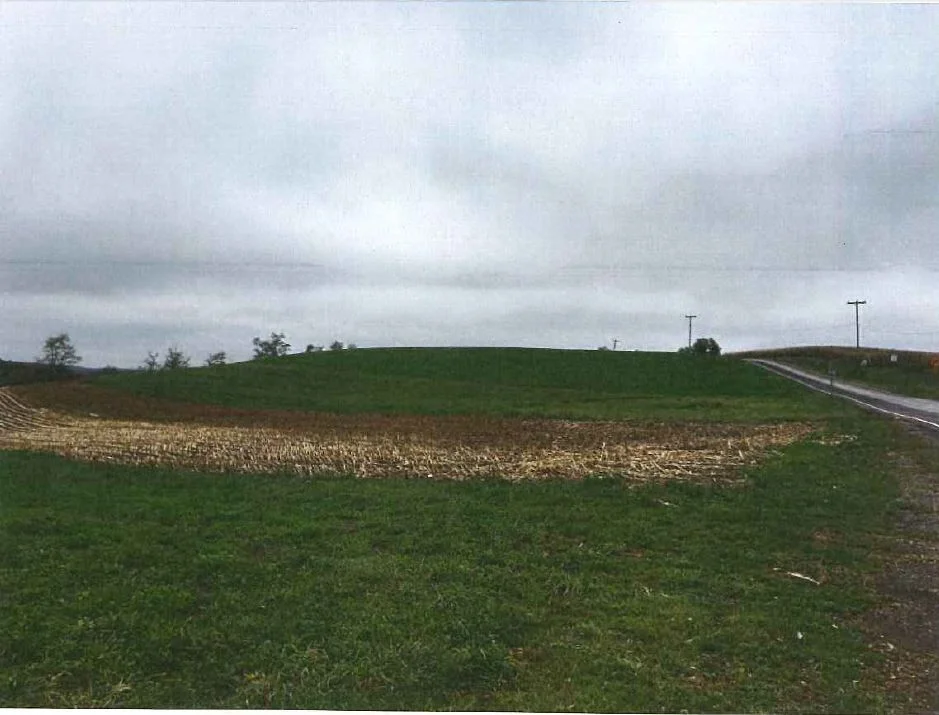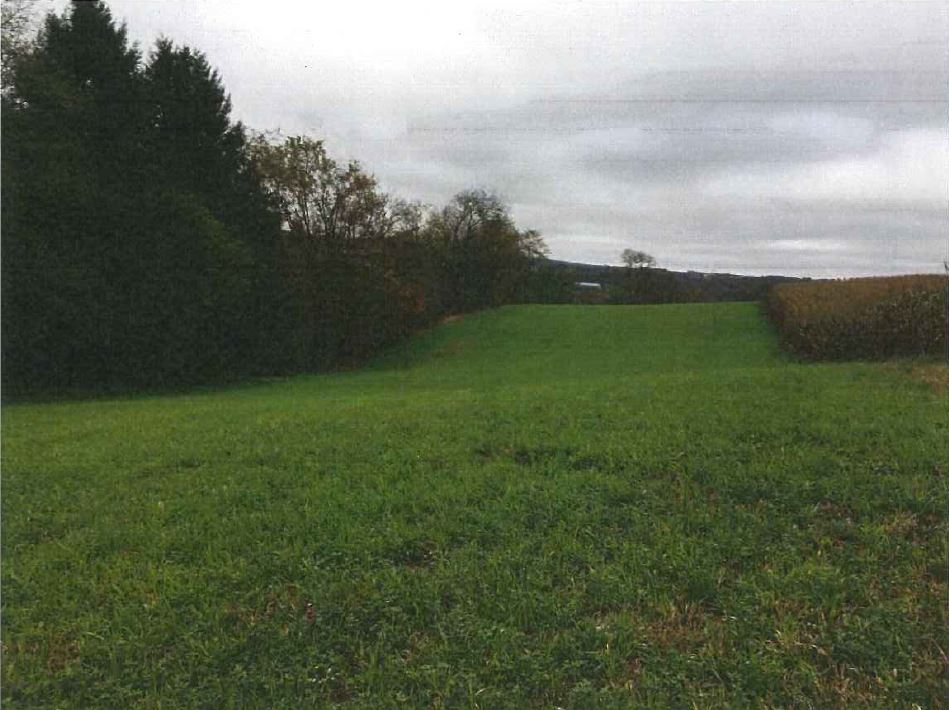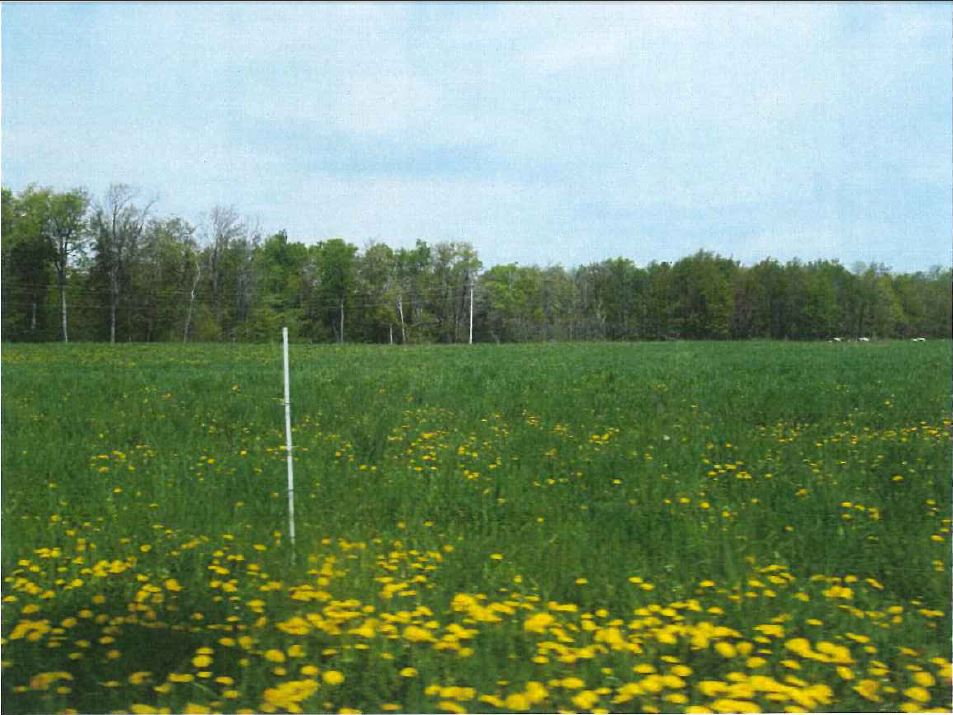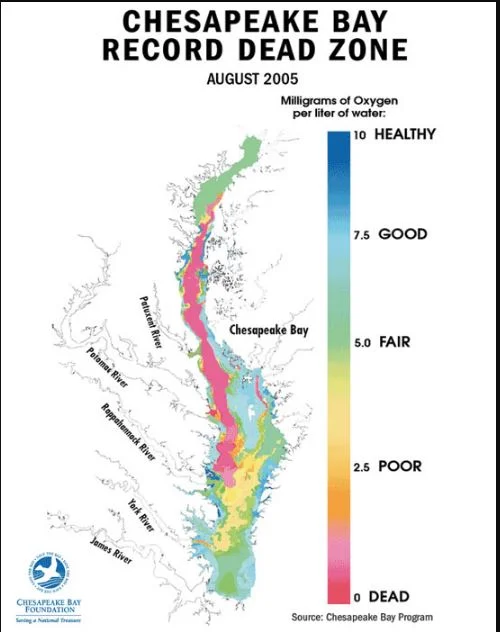The Chesapeake Bay
How does Agriculture affect the Chesapeake Bay?
What does agriculture in your community have to do with waterways in Maryland? What we do in Cambria County ends up in the water in Maryland and the Atlantic Ocean. The Chesapeake Bay is the United States’ largest and most productive estuary, providing recreational and commercial opportunities for humans as well as a habitat for many animals.
The Chesapeake Bay Basin reaches from upstate New York to Virginia, with a drainage area that spans 64,000 square miles (41,000,000 acres). More than any other state, Pennsylvania makes up more than one third of the Chesapeake Bay watershed. The Susquehanna River that flows 440 miles from New York to Maryland and through Pennsylvania, drains nearly 92% of the watershed.
Source: Chesapeake Bay Foundation
With the amount of water flowing into the Bay from Pennsylvania, we are bound to have some effects on the Bay. Unfortunately nutrient pollution is one of our biggest problems. Nutrient pollution caused by excessive amounts of nitrogen and phosphorus, can cause an overgrowth of algae (algae bloom).
These blooms deplete oxygen and block sunlight needed by aquatic plants and animals. Pennsylvania contributes an estimate 36 percent of the nitrogen and 25 percent of the phosphorus entering the Bay, resulting in a huge problem. Cover crops, stream buffers, rotational grazing, and other best management practices are established to help filter these nutrient loads making their way into the waters of the Bay.
The Pennsylvania Chesapeake Bay Program launched in 1984 in following an Environmental Protection Agency study that reported the health of the Bay to be declining. In 1987 Pennsylvania furthered its commitment to protect and restore the Bay by joining Virginia, Maryland, and the District of Columbia in the signing of the Chesapeake Bay Agreement. The program is a cooperative project between state, federal, and local agencies and organizations to:
Reduce agricultural runoff.
Establish a nonpoint source pollution control program within Pennsylvania’s portion of the Bay watershed.
Provide technical and financial assistance program for farmers who are interested in installing prescribed management practices to reduce water pollution.
Educate farmers, students, homeowners, governments, and industries about their connection to the Bay






